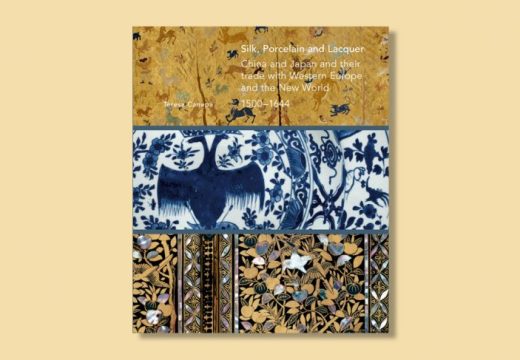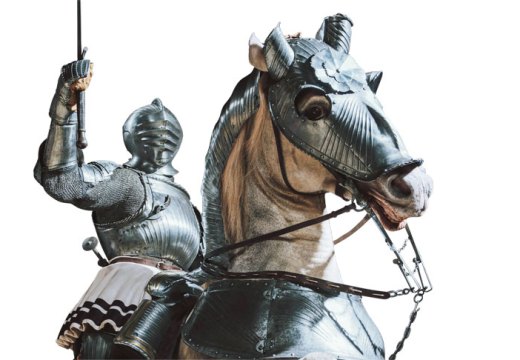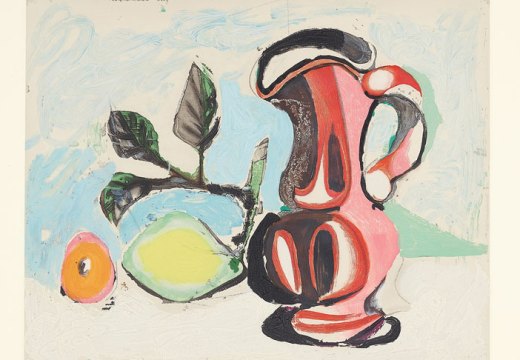A few years ago, if you had asked me what Surrealism was, I would have said an art movement. Today I know it is a way of life, or, perhaps more accurately, a way of approaching life. I came to this understanding by being privileged enough to spend a lot of time with the last member of the original Surrealist movement in Paris, Leonora Carrington, at her home in the centre of Mexico City during the last five years of her life.
Born in 1917, Leonora was my father’s cousin. But if being a family member sometimes means you are more likely to have access to someone, in Leonora’s case it was the opposite. After a couple of seasons as a debutante, she fled from her bourgeois family in 1937, aged 20, in order to study art: she found her relatives stifling, narrow-minded, and crushingly conventional. When I arrived on her doorstep almost 70 years later, I was hoping she would fill in the gaps of her story. At that point, I knew she had run away to Paris with Max Ernst, that the two had been locked in a seismic love affair, and that there had been a series of thrilling and terrifying wartime adventures as she crossed Europe in the hope of escape from – as she would later tell me – two menaces: Hitler and her family.
Other members of our family warned me that I might be rebuffed, but I decided to take the risk. Like Leonora I wasn’t entirely sure what I was in search of; like her, I knew that sometimes all you can do is follow your instincts. In those early days of being with her, I was sure that our friendship had meaning, and that it formed a sort of rounding-off of a family split that had been complicated, sad, and confusing – both for Leonora and for the people she had left behind.
By the time I met Leonora she was 89, but she still had a girlish sense of fun, a wicked irreverence, and a sharp wit – all attributes, I suspect, that captivated Max Ernst when the two of them met at a dinner party in London in June 1937. The Leonora I knew still cared about her appearance, dressing in black or neutral colours with her hair piled up on her head, and drop pearl earrings that reminded me of her Edwardian mother, my great aunt. We spent our time together in her kitchen: at first it was a mystery to me how anywhere in warm, sunny Mexico City could be so cold and dark. Later I realised that some part of Leonora still lived in the Lancashire where we were both born, and it was more than chance that the chilly house with its flagstoned floors had hints of our home county. Echoes of the gothic mansion Crookhey Hall, where Leonora grew up, unsurprisingly featured in many of her paintings.
Leonora settled in Mexico in the 1940s, and by the end of her life she had become well known and successful there; by contrast she remained relatively neglected in her native England, until quite recently. Her Mexico house had been the hub of her life for many years, and it was filled with her work; not so much her paintings, since she had needed to sell those to survive (today, the best sell for several million dollars at auction), but studies, sketches, tapestries, and sculpture – the latter the art form she had gravitated towards in later life. Mysterious bronze forms loomed eerily out of the gloom: here the beaked head of a hen, there a hooded, monk-like figure, and down the passageway a woman with her arms outstretched – was she offering something, or asking for something?
My seeking out of Leonora had as much to do with being a journalist as it did with being a member of her family. Her story, when I first heard it, intrigued me, and I thought if she would let me into her life and her house, she would also answer all my questions. But the first time I got out my notebook she told me sternly to put it away. I was welcome only as her cousin; for her story I would have to largely do my own research. At first that felt frustrating, but over the decade since, and especially since her death, I have come to realise that requiring me to work things out for myself was the finest gift she could give me.
In the end I made 10 visits to Mexico in Leonora’s lifetime, and when I was there I spent every day with her. After a while I stopped asking her to regale me with anecdotes about Ernst and Picasso, Duchamp and Miró, and all the other artists she had known, because I realised they weren’t very important. What was more important was being close to her, and being her friend, at the end of her life; and understanding her way of being – which was at once naturally surreal and intensely ordinary.
From the April 2017 issue of Apollo: preview and subscribe here.
Unlimited access from just $16 every 3 months
Subscribe to get unlimited and exclusive access to the top art stories, interviews and exhibition reviews.














![Masterpiece [Re]discovery 2022. Photo: Ben Fisher Photography, courtesy of Masterpiece London](http://www.apollo-magazine.com/wp-content/uploads/2022/07/MPL2022_4263.jpg)
It’s time for the government of London to return to its rightful home